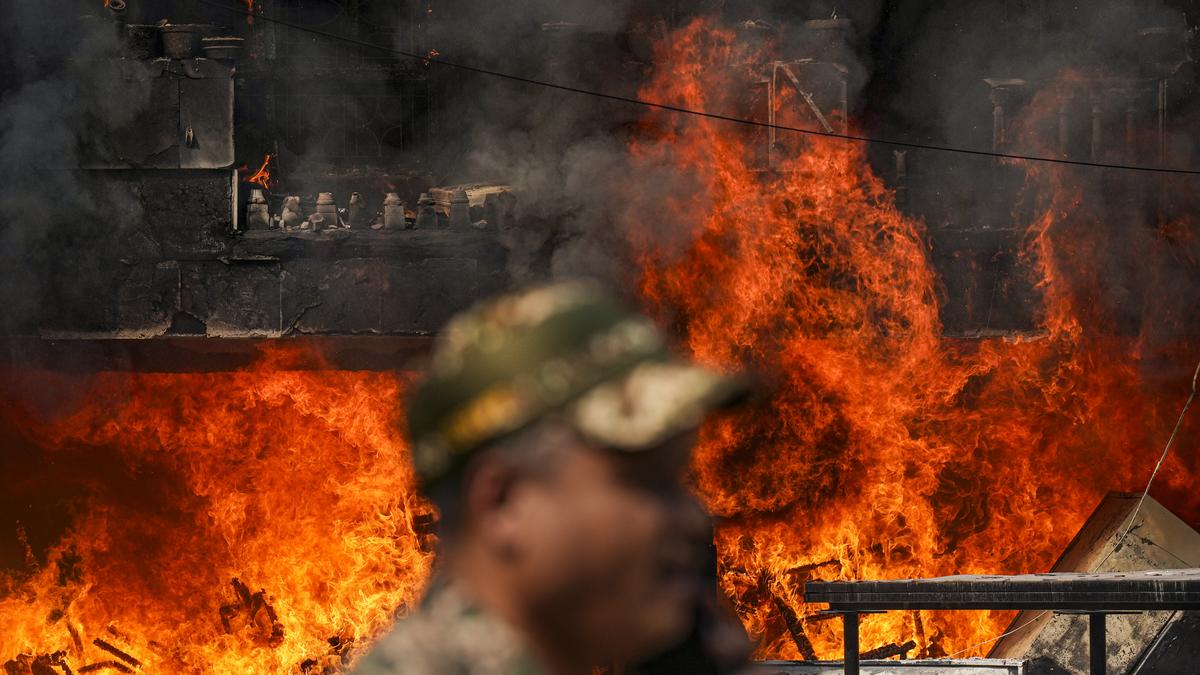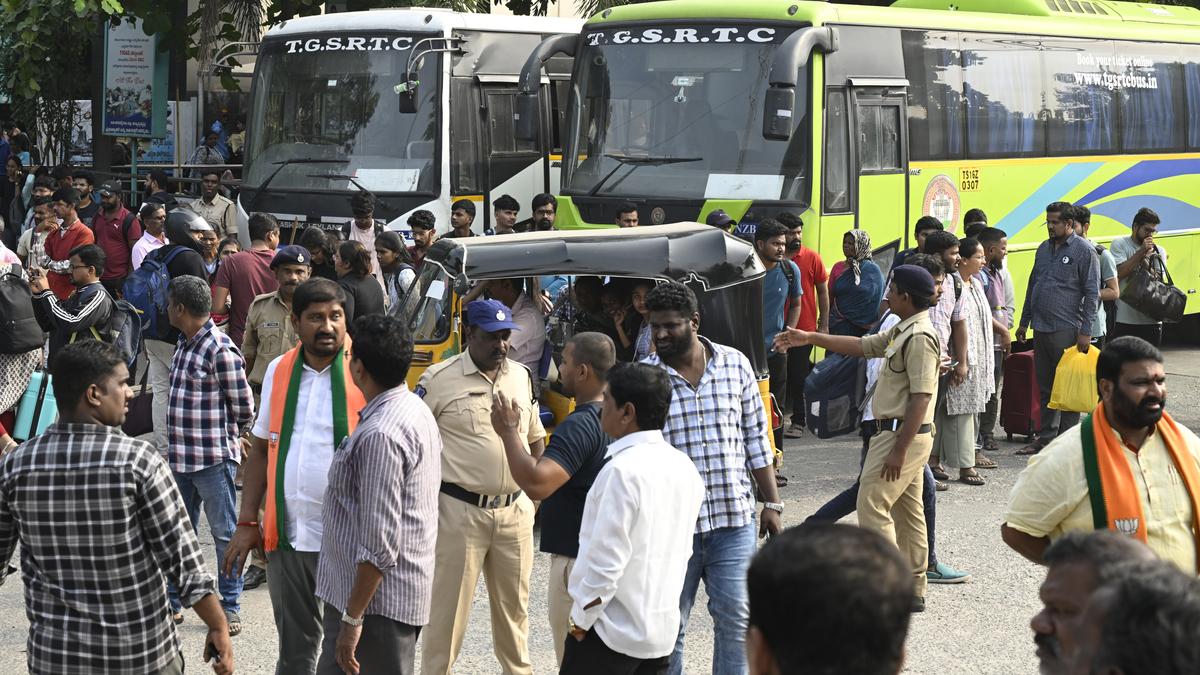As part of northeast monsoon preparedness, the district administrations in Vellore, Tiruvannamalai, Ranipet and Tirupattur have identified a total of 163 flood-prone spots in these districts.
Of this, Tiruvannamalai has the highest number of low-lying areas (68), mainly in Cheyyar and Arani region, followed by Ranipet (42), Vellore (26), and Tirupattur (27).
Residents in low-lying areas, including river banks and canals, were asked to move to elevated areas and temporary relief centres that were set up by the respective district administrations.
“Vellore city has 12 vulnerable spots, mostly in the Ariyur area near Thorapadi lake. Each zone has at least four motor pumpsets to drain out stagnated water. In Zone 4 alone, 10 pump sets are in place as it is a low-lying area,” R. Lakshmanan, Commissioner, Vellore Corporation, told The Hindu.
Excess rainwater in Tiruvannamalai town will be discharged to the Vengaikaal irrigation tank, maintained by the Water Resources Department (WRD) near the Collectorate. The tank currently has around 30% of its total storage.
In Vellore, the Corporation has desilted its stormwater drain, which runs for around 220 km, covering key areas such as Katpadi, Sathuvachari near Collectorate, Old Town and Kaspa. The 9-km-long Nicholson canal in the town discharges excess rainwater from nearby hills to Palar river.
Continuous rain
Key areas, including Vellore, Arcot, Arakkonam, Walajah, Ambur, Vaniyambadi, Tiruvannamalai, Cheyyar, Jawadhu Hills and Vandavasi, have been witnessing continuous rain.
Low-lying areas such as Sampath Nagar and Kansalpet in Vellore were inundated to a knee-deep level due to continuous rain. Waterbodies in these districts are filling up fast.
Currently, 4,167 waterbodies, including 1,119 Minor Irrigation that are maintained by the WRD, and ponds and lakes maintained by the District Rural Development Agency, are located in these districts.
WRD officials said major reservoirs in these districts were reaching 50% of their total capacity. Alert had been issued to residents living in villages along water channels, where excess rainwater from these reservoirs are being released.

 9 hours ago
7
9 hours ago
7










 English (US) ·
English (US) ·